Category: Social issues
SUPREME COURT PANEL RECOMMENDS SEVERAL PRISON REFORMS
06, Feb 2020
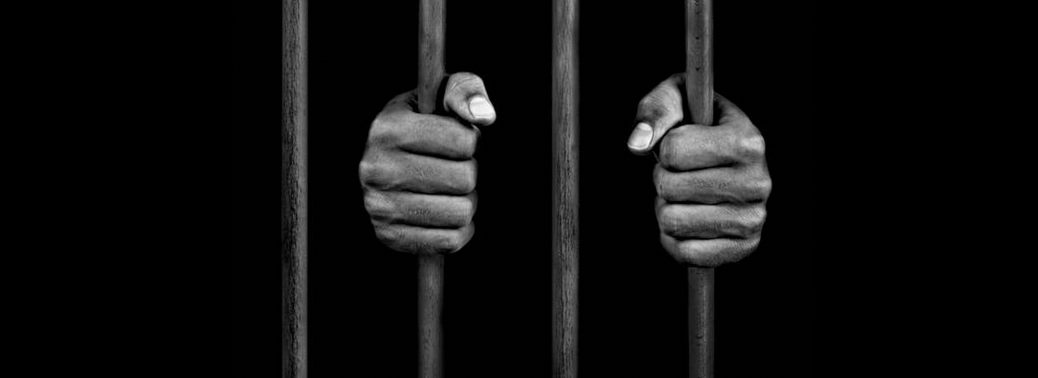
Why in News?
- The Supreme Court appointed committee headed by Justice Amitava Roy to examine the problems that plague prisons, has submitted its report recently.
Key Recommendations of the Committee:
1. De-crowding the prisons:The court said overcrowding is a common bane in the under-staffed prisons. Both the prisoner and his guard equally suffer human rights violation. The under-trial prisoner, who is yet to get his day in court, suffers the most, languishing behind bars for years without a hearing.
2. Phone call Facility: Every new prisoner should be allowed a free phone call a day to his family members to see him through his first week in jail.
3. Proper Legal Aid:There should be at least one lawyer for every 30 prisoners. Speedy trial remains one of the best ways to remedy the unwarranted phenomenon of over-crowding.
4. Decrease Vacancies in the department: The Prison Department has a perennial average of 30%-40% vacancies. The government should look into the issue without delay.
5. Use of video-conferencing for trial: Physical production of under-trials in courts continues, but it however remains far below the aspired 100% in several States, mainly because of unavailability of sufficient police guards for escort and transportation. So, the committee has recommended for the use of video-conferencing for trial to overcome this backlog.
6. Modern cooking facilities:The report described the preparation of food in kitchens as “primitive and arduous”. The kitchens are congested and unhygienic and the diet has remained unchanged for years now. So the committee has recommended for modern cooking facilities, canteens for prisoners to buy essential items etc.
Major Issues associated with Indian Prisons:
1. Overcrowding:The country’s jails are crowded to 114% of their capacity.
2. Under-trials:As discussed above, more than 67% of the prisoners in India are under trials. The share of the prison population awaiting trial or sentencing in India is extremely high by international standards. For example, it is 11% in the UK, 20% in the US and 29% in France.
3. Corruption and extortion: Extortion by prison staff is common in prisons around the world. Given the substantial power that guards exercised over inmates, these problems are predictable, but the low salaries that guards are generally paid severely aggravate them.
4. Lack of legal aid:Lawyers in India are poorly paid and are often over-burdened with cases. Further, there is no monitoring mechanism to evaluate the quality of legal aid representation in most states.
5. Unsatisfactory living conditions:Overcrowding itself leads to unsatisfactory living conditions. Moreover, prison structures in India are in dilapidated condition. Lack of space, poor ventilation, poor sanitation and hygiene make living conditions deplorable in Indian prisons.
6. Mental health care has negligible focus in Indian prisons.
7. Shortage of staff:The ratio between the prison staff and the prison population is approximately 1:7. It means only one prison officer is available for 7 prisoners, while in the UK, 2 prison officers are available for every 3 prisoners. In the absence of adequate prison staff, overcrowding of prisons leads to rampant violence and other criminal activities inside the jails.
8. Torture and Sexual abuse: Prisoners are subjected to inhuman psychological and physical torture. Sexual abuse of persons in custody is also part of the broader pattern of torture in custody. The National Human Rights Commission observes custodial violence as “worst form of excesses by public servants entrusted with the duty of law enforcement.
9. Custodial deaths: A large proportion of the deaths in custody were from natural and easily curable causes aggravated by poor prison conditions. There also have been allegations of custodial deaths due to torture.
10. Inadequate security measures and management: Poor security measures and prison management often leads to violence among inmates and resultant injury and in some cases death.
11. Condition of Women Prisoners: Women prisoners face number of challenges including poor nutritional intake, poor health and lack of basic sanitation and hygiene. There are also alleged instances of custodial rapes which generally go unreported due to the victims’ shame and fear of retribution.
12. Discrimination:According to Humans Rights Watch, a “rigid” class system exists in the Indian prisons. There is rampant corruption in the prison system and those who can afford to bribe, often enjoy luxuries in prison. On the other hand, socio-economically disadvantaged prisoners are deprived of basic human dignity.
13. Lack of reformative approach: Absence of reformative approach in Indian prison system has not only resulted in ineffective integration with society but also has failed to provide productive engagement opportunities for prisoners after their release.
Major Committees and their Recommendations:
1. All India Prison Reforms Committee, 1980 (Mulla Committee):
- The major recommendations of the committee included:
- The setting up of a National Prison Commission to oversee the modernization of the prisons in India
- Putting a ban on clubbing together juvenile offenders with the hardened criminals in prison and enacting a comprehensive and protective legislation for the security and protective care of delinquent juveniles
- Segregation of mentally ill prisoners to a mental asylum.
- The conditions of prison should be improved by making adequate arrangements for food, clothing, sanitation and ventilation etc.
- Lodging of under trial in jails should be reduced to bare minimum and they should be kept separate from the convicted prisoners
2. Krishna Iyer Committee, 1987:
- The Government of India set-up this Committee to undertake a study on the situation of women prisoners in India.
- It has recommended induction of more women in the police force in view of their special role in tackling women and child offenders.
3. Justice Amitava Roy panel, 2018.
Way Forward:
1. Pre-trial detention has become the particular source of injustice in the Indian justice system, this is majorly because of lack of legal services to the under-trials. It is high time that the access to legal aid (which is a directive principle to state policy under Article 39A) should be made a fundamental right.
2. Under-trials should be released on Bail: In 2017, the Law Commission of India had recommended that under-trials who have completed a third of their maximum sentence for offences attracting up to seven years of imprisonment be released on bail.
3. Unified prison management system: There should be a unified prison management system that has records of all inmates so they don’t have to run from pillar to post for copies of documents like court orders. The project has been recommended by NALSA as well. Also, this project has worked well in Delhi’s Tihar jail.
4. Capacity building of prison staff: It is of paramount importance that the prison staff is trained in how to treat and deal with inmates. The Supreme Court, in September 2017, has directed that there should be proper training manuals for senior staff.
5. Post-release financial security for prisoners: Wages that are paid to prisoners who are serving sentences should be increased and should be on par with global benchmarks. So that when they come out, they have some better finances.
6. Skill development of the prisoners:The major role prisons should play is of reformation and making sure that, once out, inmates are properly integrated into society. That is possible when more skill development programs are introduced in the jails to enhance their chances of earning.
7. Open prisons should be encouraged.
8. Implementations of recommendations of All India Jail Reforms Committee (Mulla committee), Krishna Iyer Committee, Justice Amitava Roy panel.
SC BATS AGAINST THE TRANSFER OF COMMUNITY RESOURCES
02, Jan 2020
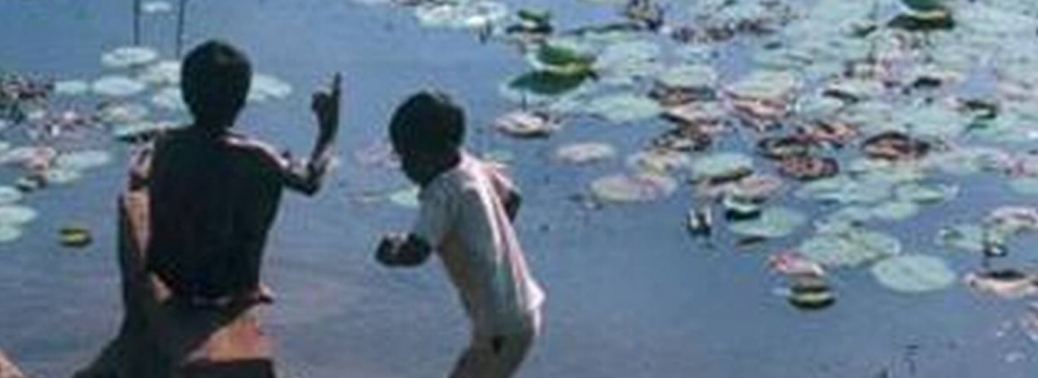
Why in News?
- Recently, the Supreme Court of India held that the Government has no right to transfer “invaluable” community resources like village water ponds to powerful people and industrialists for commercialisation of the property.
About the Judgement:
- Resources which are available for everyone’s use in a community, village or town are called community resources. For example- ponds, playgrounds, public parks etc.
- The judgment came on a plea against the transfer of village ponds’ sites in the National Capital Region to some private industrialists by the Greater Noida Industrial Development Authority.The National Green Tribunal (NGT) refused to intervene on the plea but the apex court ordered the authorities and the industrialists to remove all obstructions and restore the water bodies within three months.
- SC said the State cannot deprive the villagers of their existing source of water and other community resources even after the promise of providing them with an alternative source. There is no guarantee that the adverse effect of destroying the existing water body would be offset and people would be compelled to travel miles to access the alternative site.
Importance of Community Resources:
- These common areas like water ponds and wells are the lifeline of village communities and often sustain various chores and provide resources necessary for life.
- It is necessary to protect village commons for safeguarding the fundamental right guaranteed by Article 21 of our Constitution.
- Article 21 guarantees not just right to life but Right to live with dignity, Right to decent environment, Right to livelihood.
- It is fundamental, non-deprivable and is available to every person. Even the State cannot violate that right.
- Depriving villagers of existing source of water and creating an alternative site is similar to that of “Mechanical application of environmental protection”.
ODISHA GOVERNMENT WINS WORLD HABITAT AWARD
12, Dec 2019
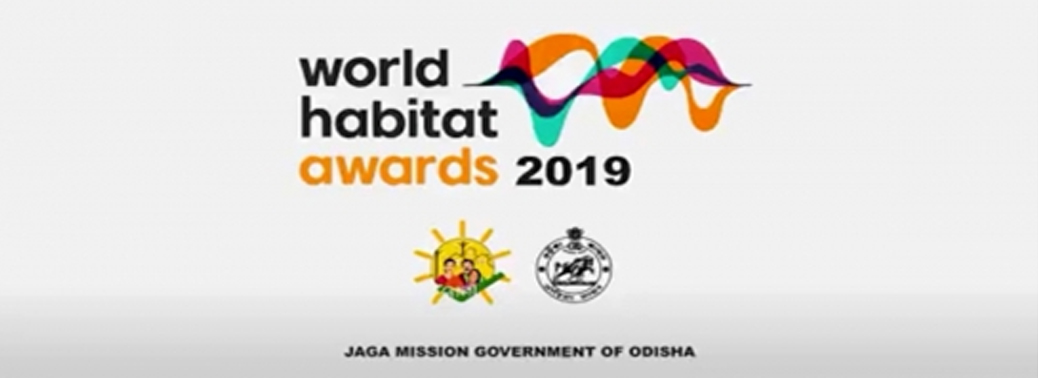
Context:
- The Odisha Government has won the World Habitat Award, a global recognition, for its ambitious initiative, Jaga Mission under which 52,682 urban poor families living in the slums have been granted land rights certificate.
About World Habitat Award:
- This award is given by World Habitat, a UK-based organisation, in partnership with UN-Habitat, every year, in recognition of innovative, outstanding, and revolutionary ideas, projects, and programmes from across the world.
About Jaga Mission:
- Jaga Mission is acclaimed as the World’s largest slum land titling project, benefiting a million urban poor living in the slums, with promises to provide “self-respect and freedom from the perpetual fear of eviction”.
- The Mission is being executed in collaboration with Tata Trusts and Norman Foster Foundation. The State Government had rolled out the project, a first of its kind in the country, to give land titles to slum dwellers.
- So far, 1725 slums have been surveyed under the project using drones and GIS technology. Besides, transformation of 255 slums into liveable habitat is also under implementation.
- Adoption of state-of-art technology combined with extensive community participation has resulted in dispute and litigation-free implementation in a time bound manner.
United Nations Habitat or United Nations Human Settlements Programme:
- It is the United Nations agency for human settlements. It is mandated by the UN General Assembly to promote socially and environmentally sustainable towns and cities with the goal of providing adequate shelter for all.
- It was established in 1978 as an outcome of the first UN Conference on Human Settlements and Sustainable Urban Development (Habitat I) held in Vancouver, Canada, in 1976.
- UN-Habitat is headquartered at the United Nations Office at Nairobi, Kenya.
World Habitat:
- It is an international not-for-profit organisation/foundation established in the United Kingdom.
- It works internationally to help bring the best housing to the people who need it the most.
India Geospatial Excellence Award:
- Recently, the project was also awarded the India Geospatial Excellence Award for technological innovation in transforming lives of urban poor.
- This award is given by GeoSmart India which is an interactive platform that demonstrates the collective and shared vision of the Indian geospatial community and is the most prominent stakeholder event of the Indian geospatial ecosystem.
PULSE POLIO PROGRAMME
23, Oct 2019

Why in News?
- 25 years of Pulse Polio Programme to be celebrated in October 2019.
Pulse Polio Programme:
- The Pulse Polio Campaign was first started in 1994 in Delhi after the success of the first large-scale supplementary immunization campaign with OPV (oral polio vaccine).
- The campaign was inaugurated with the tagline ‘Do Boond Zindagi Ki’.
- The campaign in Delhi reached nearly one million children up to the age of three years with two doses of OPV being administered on 02 October and 04 December through exclusive booth-based strategy.
- This strategy was later adopted and implemented by the Government of India all over the country as Pulse Polio Campaigns.
- India’s attainment of polio-free status in 2014 was coined by the World Health Organization as “one of the most significant achievements in public health,” and marked not just India but the entire South East Asia Region being declared polio-free.
- The last case of polio in the country was in 2011.
- The global initiative of eradicating polio was started by the WHO in 1988.
- Around 17.4 crore children of less than five years across the country are given polio drops as part of the drive of the Government of India to sustain polio eradication from the country.
- The Pulse Polio Initiative was started with an objective of achieving a hundred per cent coverage under Oral Polio Vaccine.
- It aimed to immunize children through improved social mobilization, plan mop-up operations in areas where poliovirus has almost disappeared and maintain a high level of morale among the public.
BILL MANDATING DEATH PENALTY FOR ‘HONOUR KILLING’ PASSED IN RAJASTHAN ASSEMBLY
08, Aug 2019

- Context: The Rajasthan Prohibition of Interference with the Freedom of Matrimonial Alliances in the Name of Honour and Tradition Bill, 2019 was passed by Rajasthan Assembly
Background:
- In the Past five years in the state, 71 cases of illegal diktat given by ‘Khap Panchayats’ (caste councils which function like kangaroo courts) were registered and 10 cases of honour killing occurred in which four men and eight women were killed.
- Such cases have increased in the past few years and have become hurdle in societal development
Key Highlights of The Bill:
- The Bill provisions punishment of death penalty or life imprisonment till natural death for killing a couple or either of them in the name of honour.
- According to the Bill whoever causes death of a couple or either of them on the basis that marriage of such couple has dishonoured, or brought disrepute to the caste, community or family shall be punished with death, or with imprisonment for life, which shall mean imprisonment for the remainder of that person’s natural life, and with fine which may extend to ₹5 lakh.
- If the couple or either of them is grievously hurt, the punishment will be from 10 years rigorous imprisonment to imprisonment for life and with fine of maximum ₹3 lakh, whereas the punishment will be three to five years imprisonment with fine which may extend to ₹2 lakh in case of simple injuries.
- According to the Bill, Sub Divisional Magistrate or the District Magistrate shall receive any request or information from any person or persons seeking protection from any unlawful assembly, or from any other person who is likely to or who have been objecting to any lawful marriage.
- No person or group shall assemble at any time with the view or intention to deliberate on or condemn any marriage, not prohibited by law, on the basis that such marriage has dishonoured the caste or community tradition or brought disrepute to all or any of the persons forming part of the assembly or the family or the people of the locality concerned.
- Such gathering shall be treated unlawful and every person convening or organising such assembly, and every member, thereof, participating therein directly or indirectly shall be punishable with imprisonment for a term not less than six months, but may extend to five years and shall also be liable to fine which may extend to ₹1 lakh.
Objectives of The Bill:
- There has been a spurt in illegal intimidation by self-appointed bodies for bringing pressure against ‘sagotra’ marriages and inter-caste, inter-community and inter-religious marriages between two consenting adults in the name of vindicating the honour of family, caste or community.
- Although, such intimidation or acts of violence constitute offences under the Indian Penal Code, yet, it is necessary to prevent assemblies which take place to condemn such alliances as also to punish such acts of violence and criminal intimidation severely.
THE TRANSGENDER PERSONS (PROTECTION OF RIGHTS) BILL, 2019
07, Aug 2019
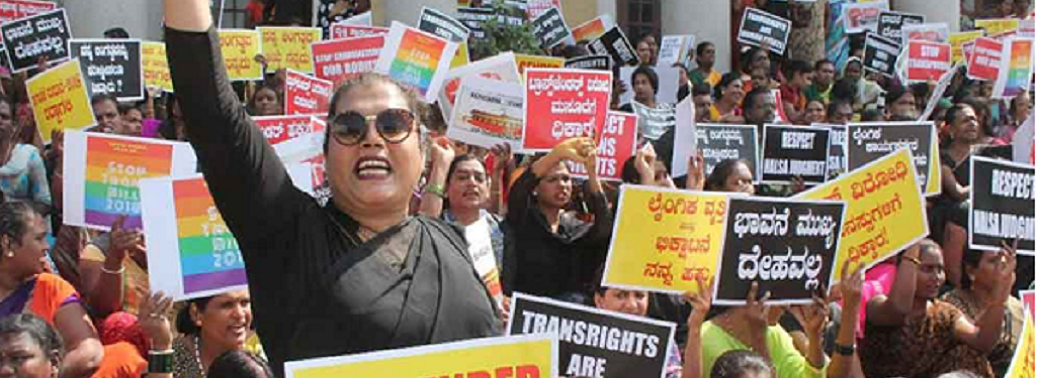
- Context: The Transgender Persons (Protection of Rights) Bill, 2019, was passed by the Lok Sabha
Background:
- According to the 2011 Census there are more than 4.80 lakh transgenders in the country. These people are often discriminated upon and humiliated in public for being transgender.
- The Bill has provisions for penalty and punishment in cases of offences and sexual harassment against transgender persons.
- The Bill also provides a mechanism for social, economic and educational empowerment of transgenders.
- A contentious provision that criminalised begging by transgender people has been removed from the Bill. The Bill makes provision for establishing a national authority for safeguarding rights of transgenders.
Highlights of The Bill:
Definition of a Transgender Person:
- The Bill defines a transgender person as one whose gender does not match the gender assigned at birth.
- It includes trans-men and trans-women, persons with intersex variations, gender-queers, and persons with socio-cultural identities, such as kinnar and hijra.
- Intersex variations is defined to mean a person who at birth shows variation in his or her primary sexual characteristics, external genitalia, chromosomes, or hormones from the normative standard of male or female body.
Prohibition Against Discrimination:
- The Bill prohibits the discrimination against a transgender person, including denial of service or unfair treatment in relation to:
- Education
- Employment
- Healthcare
- Access to, or enjoyment of goods, facilities, opportunities available to the public;
- Right to Movement
- Right to reside, Rent, or otherwise occupy property
- opportunity to hold public or private office and
- Access to a government or private establishment in whose care or custody a Transgender Person is.
Right of Residence:
- Every transgender person shall have a right to reside and be included in his household.
- If the immediate family is unable to care for the transgender person, the person may be placed in a rehabilitation centre, on the orders of a competent court.
Employment:
- No government or private entity can discriminate against a transgender person in employment matters, including recruitment, and promotion.
- Every establishment is required to designate a person to be a complaint officer to deal with complaints in relation to the Act.
Education:
- Educational institutions funded or recognised by the relevant government shall provide inclusive education, sports and recreational facilities for transgender persons, without discrimination.
Health Care:
- The government must take steps to provide health facilities to transgender persons including separate HIV surveillance centres, and sex reassignment surgeries.
- The government shall review medical curriculum to address health issues of transgender persons, and provide comprehensive medical insurance schemes for them.
Certificate Of Identity For A Transgender Person:
- A transgender person may make an application to the District Magistrate for a certificate of identity, indicating the gender as ‘transgender’.
- A revised certificate may be obtained only if the individual undergoes surgery to change their gender either as a male or a female.
Welfare Measures By The Government:
- The Bill states that the relevant government will take measures to ensure the full inclusion and participation of transgender persons in society.
- It must also take steps for their rescue and rehabilitation, vocational training and self-employment, create schemes that are transgender sensitive, and promote their participation in cultural activities.
Offences And Penalties:
- The Bill recognizes the following offences against transgender persons:
- Forced or bonded labour (excluding compulsory government service for public purposes),
- Denial of use of public places,
- Removal from household, and village,
- Physical, sexual, verbal, emotional or economic abuse. Penalties for these offences vary between six months and two years, and a fine.
National Council for Transgender persons (NCT):
The NCT will consist of:
- Union Minister for Social Justice (Chairperson)
- Minister of State for Social Justice (Vice- Chairperson)
- Secretary of the Ministry of Social Justice
- one representative from ministries including Health, Home Affairs, and Human Resources Development.
- Other members include representatives of the NITI Aayog, and the National Human Rights Commission.
- State governments will also be represented.
- The Council will also consist of five members from the transgender community and five experts from non-governmental organisations.
- The Council will advise the central government as well as monitor the impact of policies, legislation and projects with respect to transgender persons. It will also redress the grievances of transgender persons.
BRUNEI’S LGBT COMMUNITY LIVES IN FEAR
05, Apr 2019

Why is it in News?
- The absolute monarcy in borneo island, implemented new sharia laws prescribed death penalty for gay sex, and adultery.
LGBT Community:
- The LGBT community or GLBT community, also referred to as the gay community, is a loosely defined grouping of lesbian, gay, bisexual, transgender, LGBT organizations, and subcultures, united by a common culture and social movements.
Violation of rights:
- The country’s tiny lesbian, gay, bisexual and transgender (LGBT) community, who already had to be discreet about their sexual identities in the highly conservative Muslim country, have been left terrified. “What Brunei is adopting is a violation of basic human rights,”
Section 377 in India:
- It came into force in 1862 and deals with consensual private sexual acts between adults. The archaic, colonial-era law criminalizes “carnal intercourse against the order of nature”. Naz Foundation filed the first major case, Naz Foundation vs. Government of NCT of Delhi & Ors against Section 377 in 2001. However, a two-judge Delhi High Court Bench dismissed the case in 2004, terming it as a mere academic challenge to the constitutionality of a legislative provision.
- As a result, in a landmark decision on 2009, the High Court decriminalized Section 377, ruling that consenting intercourse between two adults was not illegal.
- On December, 2013, a two-judge Supreme Court Bench upheld the appeal and recriminalized gay sex. The second landmark judgment in terms of LGBTQI rights came on August 2017, when a nine-judge Bench of the Supreme Court ruled that the right to privacy was a fundamental right. In July 2018, a Constitution Bench, led by Chief Justice Dipak Misra, re-opened the entire issue, saying a section of people could not live in fear of the law which atrophied their rights to choose, privacy and dignity.
Way Forward:
- The SC chose to restrict its decision to the question of decriminalization without commenting on other rights that would extend equal citizenship to the community may have been the product of an intelligent litigation strategy.
- While the government left the constitutionality of Section 377 to the “wisdom of the court”, it
- argued that the Court should only go so far and no further.
- The current government and its successor following the next election cycle must hold themselves to the other side of this argument.
USE OF NSA IN COW SLAUGHTER CASES WRONG
27, Mar 2019
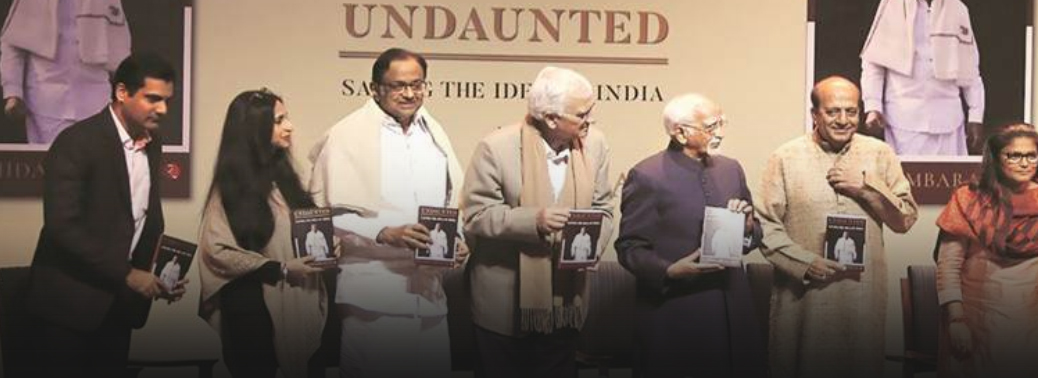
- Use of the National Security Act (NSA) in the cases of suspected cow slaughter was wrong and would not be repeated.
Cow Vigilantism:
- Self-proclaimed ‘Gau Rakshaks’ attacking people under the pretext of carrying beef with the slightest doubt.
- Justification of such actions on pretext of implementing Article 48 of Directive Principle of State Policy (DPSP) -“State shall organize agriculture and animal husbandry on modern scientific lines; take steps to preserve and improve breeds and prohibit slaughter of cows, calves and other mulch and draught animals.
- Animal husbandry is a State subject and several states made laws of varying degrees. Supreme Court in Mohd Qureshi vs State of Bihar, 1958 upheld the ban taking into account the economical conditions stating that there should not be any slaughter of useful cattle. Moreover, in 2005 Supreme Court ruled that all the cattle are useful.
- In May 2017, the Central Government brought out a notification that no cattle can be traded for slaughter in the market.
- Recently, PM voiced his opinion at the difference between cow protection and cow vigilantism. He remarked that 70-80 percent of Gau Rakshaks are anti-social and are taking laws into their hands.
National Security Act
- The National Security Act of 1980 is an act of the Indian Parliament whose purpose is “to provide for preventive detention in certain cases and for matters connected therewith”. Theact extends to the whole of India except the State of Jammu and Kashmir. It was passed during the Charan Singh Government.
- This act empowers the Central Government and State Governments to detain a person to prevent him/her from acting in any manner prejudicial to the security of India, the relations of India with foreign countries, the maintenance of public order, or the maintenance of supplies and services essential to the community it is necessary so to do.
- The act also gives power to the governments to detain a foreigner in a view to regulate his presence or expel from the country.
- The other enactments relating to national security are the Unlawful Activities (Prevention) Act, 1967, the Criminal Law Amendment Act, the Official Secrets Act, 1923, Chapters 6 and 7 of the Indian Penal Code etc.
- India had a long history of preventive detention laws like the Defence of India Act of 1858, The Government of India Act of 1935, the Preventive Detention Act of 1950, the Maintenance of Internal Security Act in 1971 and the NSA in 1980.
- The only period in the Indian “republic without any preventive detention law was the three- year period, beginning with the repeal of MISA in 1977 to the promulgation of the NSA in 1980.
- The maximum period of detention is 12 months, but the detention should be reported to the State Government along with the grounds on which the order has been made. No such order shall remain in force for more than twelve days unless approved by the State Government.
Survey on Women Issue
24, Feb 2019
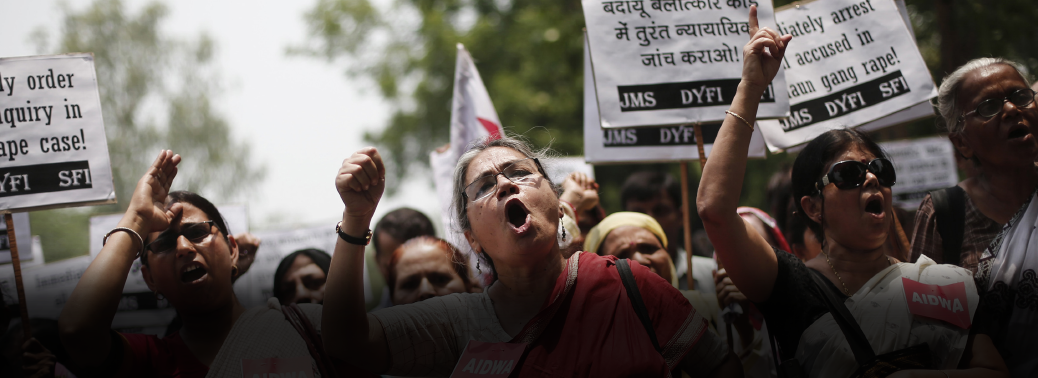
- When women exercise their ballot, they are most likely to vote for a leader who makes battling crimes against women a priority, according to a survey conducted by Change.org.
About:
- Women voters are most concerned about their safety, and the issue ranked top among a total of 39 issues that were polled as part of the survey.
- Among the other top concerns for women were waste disposal, faster judicial process, pollution, and the supply of water and electricity. On the other hand, growth in Gross Domestic Product (GDP) and jobs were the most important issues for men, and crimes against women ranked much lower at 15th position.
- A total of 20,000 men and women participated in the study that was conducted online in January by Change.org, a website for petitions. The respondents included 16,000 women and 4,000 men, who are Change.org users.
Findings:
- There was also general acceptance that women were grossly underrepresented in Parliament.
- Unsurprisingly, out of the 40 issues, most likely to impact the Lok Sabha elections, female respondents ranked crimes against women on top. Men ranked it much lower (at 15th position) on the priority list.
- Issues like education, freedom of choice in religion and freedom to marry out of their choice, marital rape, female participation in workforce, menstrual hygiene, girl child education, maternal health and infant mortality, environmental issues, waste disposal, air pollution and forest conservation were also listed as priority for women voters
- The survey finds that women want to directly engage with politicians but are still uncomfortable with in-person meetings. They prefer digital petitions as a significant way of connecting with their elected representatives. The survey also shows that gender issues will play an important role in the upcoming General Elections.
- The findings also show that while both women and men are most likely to vote a candidate on the basis of his or her track record in spending funds and raising issues in Parliament as well as on poll promises, a higher percentage of women (70.3%) voters are likely to be influenced by these criteria than men (66.54%).
- Men, and not women, are more likely to be influenced by a candidate’s party, shows the study.
- A total of 21.9% men and 17% women said they would vote for a candidate on the basis of her or his political party. Women also care about mental health, religious freedom and forest conservation more than men. Men worry most about GDP growth and jobs, rural infrastructure, corruption, police reforms, public transport, uniform civil code, and roads.
Almost All states in Red Zone on Gender Equality: NITI AAYOG
05, Feb 2019
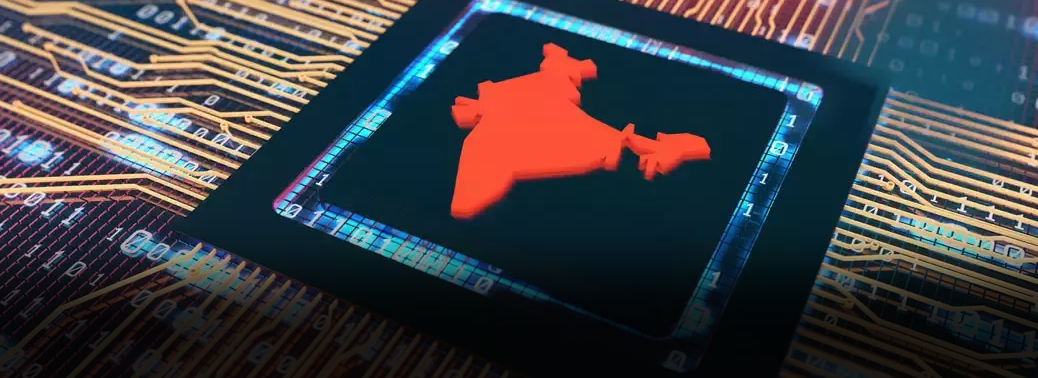
- When it comes to gender equality and achieving targets under Sustainable Development Goals (SDG), almost all Indian states are in the red zone except Kerala and Sikkim, which are best among worst and have scored a meagre fifty out of hundred.
Report Findings on Gender Equality:
- Three years have passed since the world set SDGs to be achieved by 2030, and India’s official think tank NITI Aayog has recently released a reporthighlighting states’ performance on different indicators.
- It has ranked all states on 13 SDG targets and performance of all states varies from ‘aspirant’ (0-49) scores to ‘achiever’ (100). Other two ranking groups are ‘front runner’ (65-99) and ‘performer’ (50-64).
- Unlike other goals where states’ performances vary in all categories, almost all states have performed poorly on gender equality criteria. Except two, all states fall in the red zone—a NITI Aayog criteria for poor performers.
- The report says, “The SDG index score for the goal of gender equality ranges between 24 and 50 for states and between 27 and 58 for UTs. Kerala and Sikkim among the states, and Andaman and Nicobar Islands, and Chandigarh among the UTs are in the performer’s category (with index score greater than/equal to 50 and less than 65). Barring these, none of the States/UTs have achieved an index score above 50.”
Goal five of SDG:
- Goal five of SDG aims to achieve gender equality by ending all forms of discrimination, violence and harmful practices, valuing women’s unpaid care and domestic work. It also considers full and effective participation and equal opportunities for leadership at all levels of decision-making in political, economic and public life for women.
To Measure the states’ performances, NITI Aayog has considered six criteria, including:
- Sex ratio at birth (female per 1,000 male),
- Average female to male ratio of average wages,
- Percentage of married women aged 15-49 years who have ever experienced spousal violence,
- Percentage of seats won by women in the general elections to state legislative assembly,
- Ratio of female labour force participation rate to male labour force participation rate and
- Percentage of women in the age group of 15-49 years using modern methods of family planning.
The NITI Aayog says that:
- Women and girls in the country experience inequalities in every aspect of life from access to healthcare, education, nutrition, employment to asset ownership. They also lag when it comes to decision making at home and in the public sphere.
- Their situation can be understood from the fact that child (0-6 years) sex ratio declined from 927 in 2001 to 919 females per 1,000 males in 2011. Women continue to lag behind in education as is reflected in literacy rate for women being 65 per cent, compared to 82 per cent for males in 2011. NITI Aayog released the ranking of states, wherein Himachal Pradesh, Kerala, Tamil Nadu, Chandigarh and Puducherry were found to be ahead when compared to other states in comprehensive ranking.






